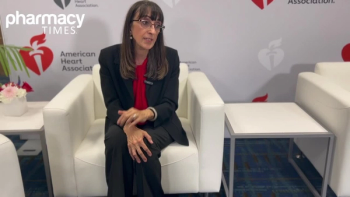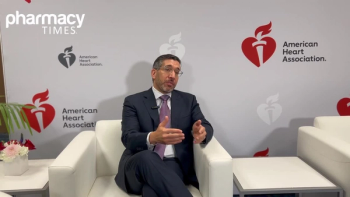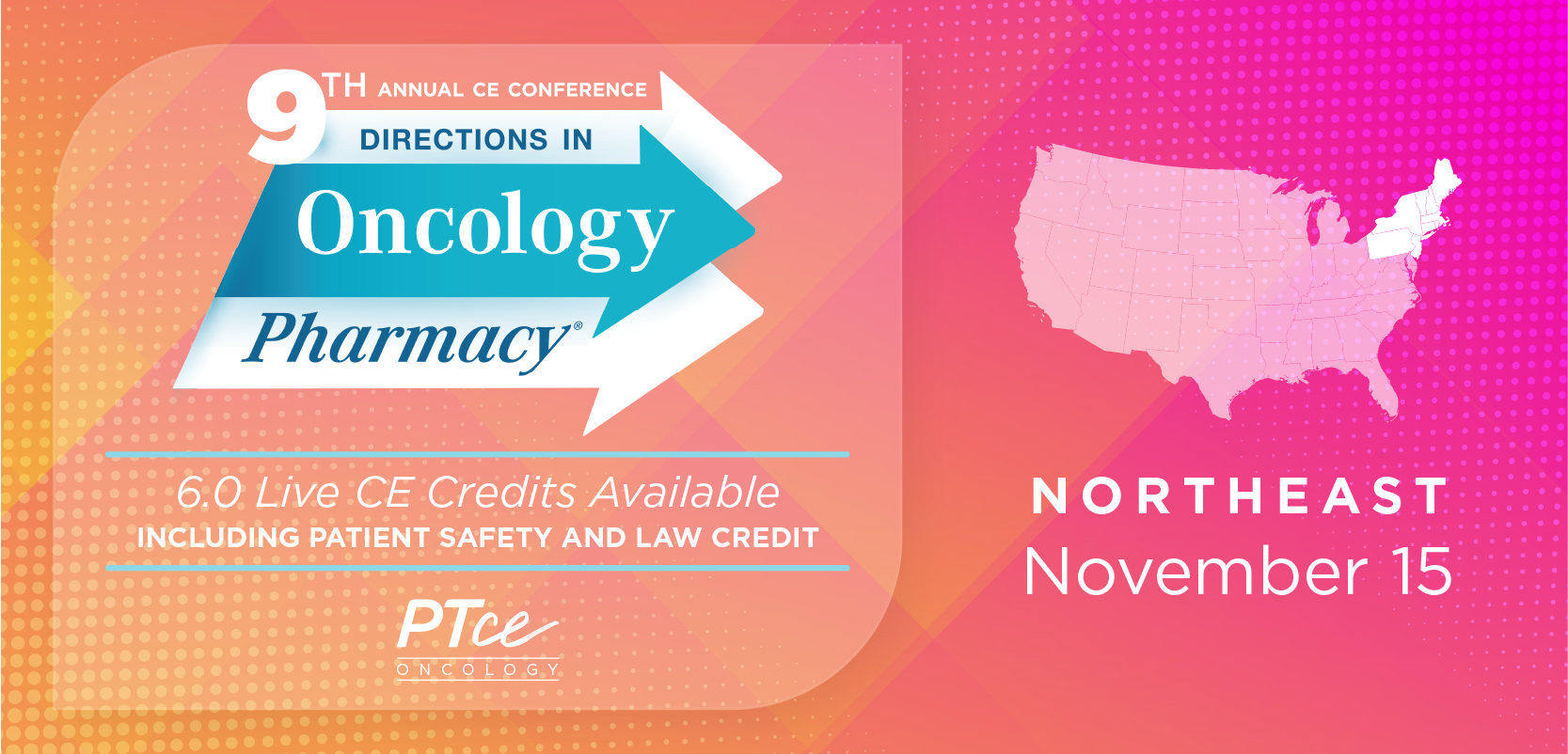
Addressing Social Drivers of Health to Achieve Hypertension Control
Key Takeaways
- Hypertension is a leading preventable risk factor for cardiovascular disease and mortality, with significant prevalence due to lack of awareness and treatment adherence.
- Social determinants of health (SDOH) impact hypertension outcomes, with racial disparities observed, particularly among Black Americans who face higher mortality risks.
Hypertension is the leading preventable risk factor for cardiovascular disease (CVD) and all-cause mortality worldwide.1 Despite the availability of effective treatments, hypertension remains the most prevalent chronic health condition. The American Heart Association (AHA) states that 122.4 million people (46.7%), nearly half of the adult population, were living with hypertension between 2012 and 2020.2
Hypertension is often called the “silent killer” because many individuals remain asymptomatic until complications develop. Complications include angina, myocardial infarction, stroke, kidney disease, or sexual dysfunction.3 According to the Centers for Disease Control and Prevention (CDC), only half of adults with hypertension reported taking medication to lower their blood pressure. CDC also said that among these adults who had hypertension, only 59.2% were aware that they had hypertension. 4 Lack of awareness patients have of their hypertension diagnosis contributes to poor hypertension control. One-fifth of patients who were seeking treatment achieved their blood pressure target reading below 130/80 mmHg, which is the current guideline recommendation.4
While pharmacologic management is a cornerstone of hypertension management, social drivers of health (SDOH) are emerging as a critical factor. According to a study, SDOH can affect up to 50% of health outcomes, while clinical care impacts around 20%.5 SDOHs are non-medical factors that affect health outcomes. SDOH domains include social context (e.g., Age, race), economic context (e.g., income), education, physical infrastructure (e.g., housing, local crime rates), and healthcare context (e.g., health insurance).6 These factors ultimately impact the quality of jobs, housing, environmental safety, and quality of healthcare.7 Addressing these factors are essential to achieving meaningful and sustainable improvements in hypertension outcomes.
A study found that Black Americans, Hispanic Americans, and Asian Americans have higher blood pressure on average than White Americans.8 Of those racial groups, Black Americans have the highest prevalence of hypertension. A contributing factor to this is socioeconomic factors like accessing healthy foods, lack of exercise, and a lower quality of healthcare for these individuals. Because of these health factors, Black Americans have five times higher mortality risk from hypertension compared with White Americans.9
A Study entitled Coronary Artery Risk Development in Young Adults (CARDIA) examined CVD risk in young adults in the US. This study found that young adults whose highest degree achieved is a high school diploma are two and a half times more likely to have CVD than individuals with education beyond college. 10 Recent studies have been able to link CVD and SDOH. The evidence showed that individuals who are repeatedly disadvantaged experience higher levels of stress throughout their lifetime. This can lead to a physical stress response that causes a dysregulation of the autonomic nervous system, endocrine system, shortened telomere length, and increased inflammation.The increased inflammation and nervous system activation is associated with higher CVD risk. The evidence from this study concludes that a patient’s everyday stress contributes to their overall health.
The 2025 AHA hypertension guidelines were updated in August 2025, and they highlight the importance of SDOH in three key areas.
Pharmacists can make a meaningful impact by leading their healthcare teams in recognizing these challenges and advocating for their patients. Shared Decision-making is a process where members of a patient’s healthcare team integrate scientific evidence with the patient’s goals, preferences, and personal values to make healthcare decisions.12 By using shared decision-making, pharmacists can help patients feel in control of their healthcare and empowered to manage their own health.
Community pharmacies allow the public to access pharmacists at their convenience, and free of charge. Therefore, pharmacists are uniquely positioned to identify and address SDOH. When Patients come into the pharmacy, this is a great opportunity for pharmacists to discuss barriers, such as medication affordability, food insecurity, unsafe living environments, or transportation challenges, that may hinder hypertension control.
Future programs and research should explore pharmacist-led SDOH screening across patient care settings. This will allow us to increase our knowledge of SDOH in hypertension settings and help us to learn how to best support patients. Controlling hypertension requires the healthcare team to treat the whole patient, including both clinical and non-clinical factors. By systematically addressing SDOH, pharmacists can help reduce disparities, improve medication adherence, and support patients in achieving better cardiovascular outcomes.
REFERENCES
1. Metlock FE, Hinneh T, Benjasirisan C, et al. Impact of social determinants of health on hypertension outcomes: A systematic review. Hypertension. 2024;81(8):1675-1700. doi:https://doi.org/10.1161/hypertensionaha.123.22571
2. Martin SS, Aday AW, Allen NB, et al; on behalf of the American Heart Association Council on Epidemiology and Prevention Statistics Committee and Stroke Statistics Committee. 2025 Heart disease and stroke statistics: A report of US and global data from the American Heart Association. Circulation. Published online January 27, 2025. [Fact sheet]. American Heart Association; 2025. Available at: 2025 Heart Disease and Stroke Statistics Update Fact Sheet: At-a-Glance. Accessed September 4, 2025.
3. American Heart Association. Health threats from high blood pressure. American Heart Association. Published 2024. https://www.heart.org/en/health-topics/high-blood-pressure/health-threats-from-high-blood-pressure
4. Fryar C, Kit B, Carroll M, et al. Hypertension Prevalence, Awareness, Treatment, and Control among Adults Ages 18 and Older:United States, August 2021—August 2023. NCHS Data Brief. 2024;511. doi:https://doi.org/10.15620/cdc/164016
5. Hood CM, Gennuso KP, Swain GR, Catlin BB. County Health Rankings: Relationships Between Determinant Factors and Health Outcomes. Am J Prev Med. 2016;50(2):129-135. doi:10.1016/j.amepre.2015.08.024
6. Agency for Healthcare Research and Quality. Social determinants of health database (beta version). www.ahrq.gov. Published June 2023. https://www.ahrq.gov/sdoh/data-analytics/sdoh-data.html
7. Aggarwal R, Chiu N, Wadhera RK, et al. Racial/Ethnic disparities in hypertension prevalence, awareness, treatment, and control in the United States, 2013 to 2018. Hypertension. 2021;78(6):1719-1726. doi:https://doi.org/10.1161/hypertensionaha.121.17570
8. Chaturvedi A, Zhu A, Gadela NV, Prabhakaran D, Jafar TH. Social Determinants of Health and Disparities in Hypertension and Cardiovascular Diseases. Hypertension. 2023;81(3):387-399. doi:https://doi.org/10.1161/hypertensionaha.123.21354
9. Braveman P, Gottlieb L. The social determinants of health: it's time to consider the causes of the causes. Public Health Rep. 2014 Jan-Feb;129 Suppl 2(Suppl 2):19-31. doi: 10.1177/00333549141291S206. PMID: 24385661; PMCID: PMC3863696.
10. Hurwitz M, Bonomo J, Spitz J, Sharma G. Intersectionality and Social Drivers of Health in Cardiovascular Care. Methodist Debakey Cardiovasc J. 2024 Nov 5;20(5):98-110. doi: 10.14797/mdcvj.1436. PMID: 39525384; PMCID: PMC11546069.
11. Jones DW, Ferdinand KC, Taler SJ, et al. 2025 AHA/ACC/AANP/AAPA/ABC/ACCP/ACPM/AGS/AMA/ASPC/NMA/PCNA/SGIM Guideline for the Prevention, Detection, Evaluation and Management of High Blood Pressure in Adults: A Report of the American College of Cardiology/American Heart Association Joint Committee on Clinical Practice Guidelines. PubMed. Published online August 14, 2025. doi:https://doi.org/10.1161/cir.0000000000001356
12. Hoque F. Shared Decision-Making in Patient Care: Advantages, Barriers and Potential Solutions. J Brown Hosp Med. 2024;3(4):13-15. Published 2024 Oct 1. doi:10.56305/001c.122787
Newsletter
Stay informed on drug updates, treatment guidelines, and pharmacy practice trends—subscribe to Pharmacy Times for weekly clinical insights.
















































































































































































































